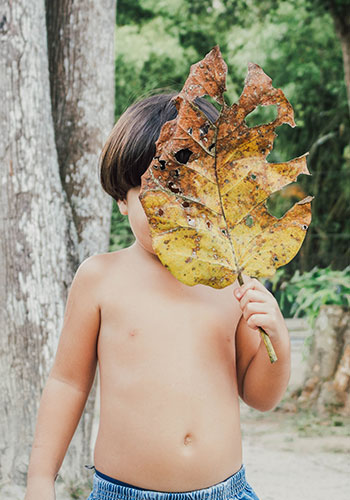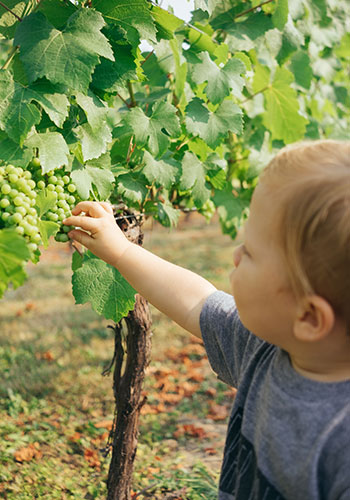Gardening with Kids: Sensory Gardens
Engaging all five senses is a fantastic way of inspiring kids to become lifelong gardeners. Last month, we wrote about how to inspire a love of gardening for the kids in your life. Now, we're delving into how to create a children's sensory garden! We've even included ideas for plants and projects to help kids form strong connections with the wonder of gardening through sight, smell, touch, sound, and taste.
Your sensory garden doesn’t have to be large or complicated in order to draw kids in and help them learn. Even a small patio container garden can include plenty of room for a young gardener to explore. Of course, there’s also no need to wait until you’ve crafted the perfect children’s garden for kids to get their hands in the dirt!
The key is to choose plants and other features that invite kids to engage with all of their senses, then let their natural curiosity do the rest. And the nice thing is, adults usually love these gardens as much as kids do!
Sight
This one might seem obvious, but putting some thought into how the garden looks from a kid’s perspective can go a long way towards drawing children into the experience. Variety is certain to draw the eye, so consider plants of all heights, shapes, sizes, and colors. Big and brightly colored flowers feel more fun and exciting, while soft blues and purples might be the perfect backdrop for a quiet outdoor reading nook.
Plants that draw the eye up can help children feel immersed in a world of wonder that rises well over their heads. Sunflowers are just about the biggest, boldest blooms around, and they come in a variety of bright colors and heights up to ten feet tall. Plus, their seeds attract birds in the fall! Vines can create arbors and tunnels that feel magical and cozy. Consider clematis or passion vine for their large and intricate flowers, or red-flowered runner beans for a vine that is both striking and edible.
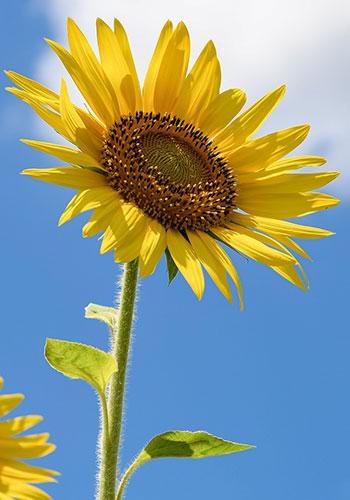
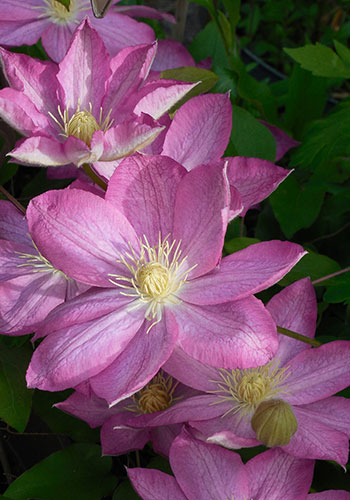
For eye-catching blooms closer to a child’s eye level, consider flowers with unique shapes like celosia (fun to touch too!), large and inviting flowers like zinnias or peonies, or plants with tall flower spikes like lupine, torch lily, or delphinium.
Finally, don’t forget to include more delicate shapes and colors to be discovered amongst all the big and bright selections, as well as creeping plants that get kids down close to the earth. The tiny blossoms of alyssum (sweet fragrance) and lobelia are attractive, as are creeping plants with interesting shapes like wire vine. You might even consider incorporating a space for a miniature or fairy garden: the perfect setting for a teddy bear picnic!
Art makes a garden even more fun to look at, and creating garden decorations makes for awesome kids’ craft projects! Even something as simple as painting rocks together and then letting a child choose where to place them in the garden can create a sense of connection and ownership, as well as adding one more way to engage the sense of sight.
![]()
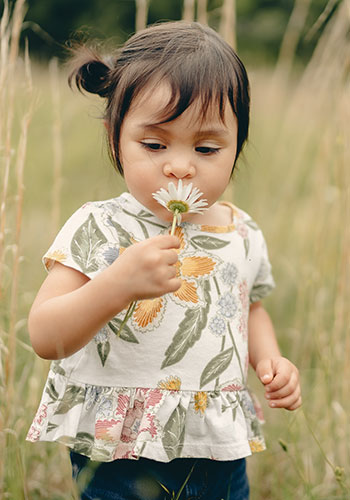 Smell
Smell
Although we might not always pay attention to what we’re smelling unless it’s especially pleasant or unpleasant, scents have a direct line to the centers for memory and emotion in our brains. Engaging a child’s sense of smell might be one of the most important ways to help them feel connected to the garden.
Fragrant flowers are certainly an easy way to engage kids’ noses. A few popular options with a variety of scents include sweet-spicy stock, perfume-scented lilacs, classic roses, surprisingly intense scented geraniums, and uniquely delicious lavender. By the way, all of those are edible too!
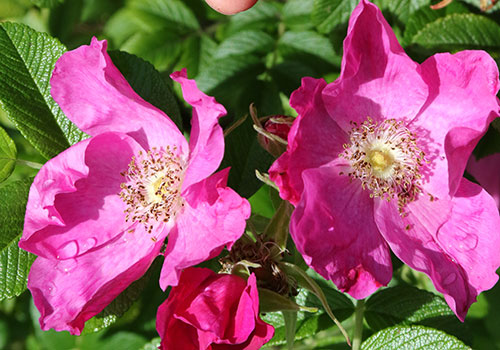
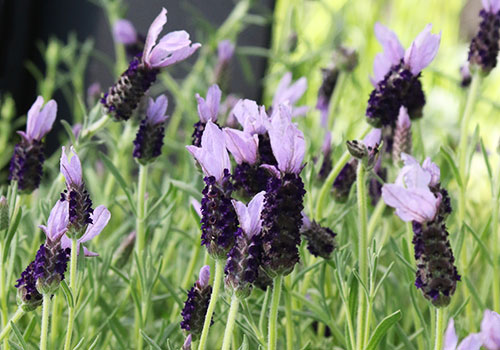
Herbs are another great way to add unique smells to the garden. Oregano, thyme, sage, mint and rosemary are all low-maintenance, winter-hardy, and super fun for kids to “scratch and sniff.” You might also consider including some plant with surprising and unusual scents, like the aptly-named chocolate flower.
![]()
Touch
Anyone who spends time with kids knows that they want to touch everything. While adults may find this a little frustrating, touch is an important pathway for learning about the world. The right design choices can help make tactile learning in the garden safe and fun, while minimizing damage to your favorite plants.
Consider planting fuzzy lambs ears, feathery artimisia, surprisingly dry and crackly straw flowers, pointy but not pokey hens and chicks, leathery bergenia, rubbery sedums, or the silky-soft (and edible!) petals of daylilies. Also, look for anything kids can stick their fingers into, since that seems to be an irresistible sensation for many of them. Snapdragons and larger-flowered varieties of penstemon, for example, make great finger puppets.
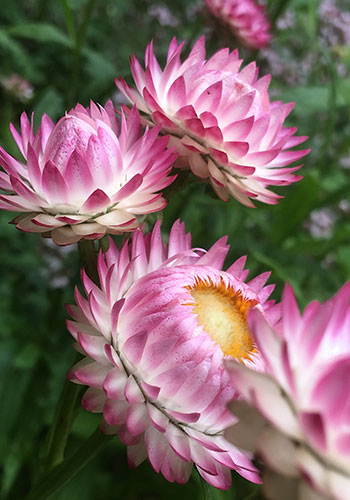
Plants aren’t the only way to focus on tactile experiences in the garden. Try including a mud-pie station, sand box, or water table. Make hands-on crafts with natural materials from the garden, or construct fairy houses out of sticks and rocks. And finally, encourage kids to *gently* touch worms and bugs they find, you never know what may spark their interest!
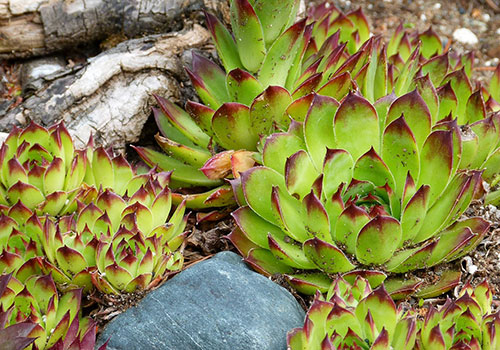
![]()
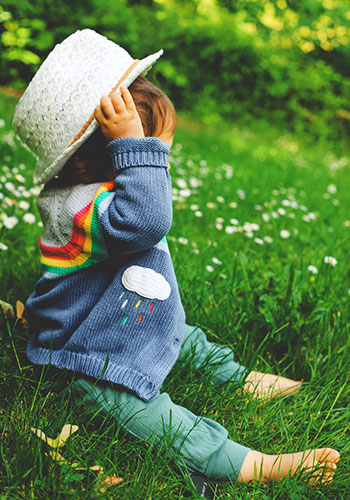 Sound
Sound
From the rustle of wind, the crunch of fall leaves under little feet, to the chirping birds, buzzing bees, and even chattering squirrels, there’s a lot to hear in most gardens. If you want to make your own even more of a delight for kids’ ears, here are a few ideas to try.
You can attract more wildlife, and their accompanying sounds, by planting specifically for birds and pollinators. You can also improve wildlife habitat by leaving some areas of tall grass, leaf piles, or other hiding spots for critters. Bird feeders are a good supplemental option, especially if you have limited space.
Who doesn’t love the sound of running water? If the way children beeline for the fountains here at Sky is any indication, kids love water at least as much as we grownups do. Water features can be large or small, simple or elaborate. No matter what, the kids in your life will get a kick out of them. Just keep an eye out for errant coins!
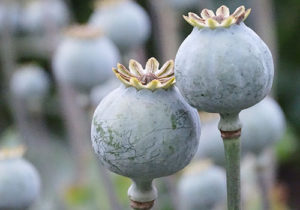
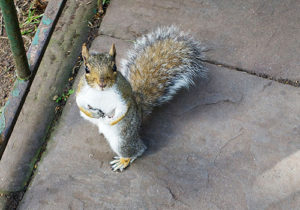
Rattling seed pods (try letting some poppy seed heads dry completely, for example), hollow stems, and even sticks and stones make interesting sounds. You and the kiddos could go on a scavenger hunt for “instruments” and create your own all-natural band!
Taste
Is there anything that draws kids into the wonder of gardening quite like harvesting their own snacks? Something as simple as pulling a radish out of the ground can transform a child’s perspective. Plus, focusing on edible gardening is integral to incorporating safe "taste" experiences into your sensory garden.
We all know that kids love sweet foods. This is only natural, since sweet things tend to be calorie-dense, and growing bodies need lots of energy. You can appeal to a child’s sweet tooth in a healthy way by growing your own delicious treats! Strawberries, raspberries, and blueberries are perennial crops that are easy and fun to grow. Ground cherries are another fun option, and they require less commitment than perennial berries. They’re relatives of tomatoes, but they’re fruity-sweet enough to taste great in pies and jams. Naturally sweet vegetables like cherry tomatoes and snap peas are also great choices for kids.
But most kids are also up for some taste adventures, at least once they start getting hooked on the world of possibilities that comes with growing their own food. Why not try sour sorrel, savory thyme, or slightly spicy radishes?
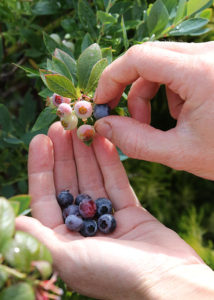
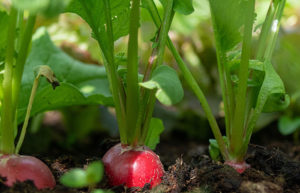
Edible flowers also tend to be big hits with children. If the kids in your garden don’t mind a little bit of spicy bite, try nasturtiums: every part of the plant is edible, and the surprisingly strong blend of sweet and spicy flavor packed into a large, colorful blossom can have children requesting them with every meal for weeks. There are also edible flowers with mild and sweet flavors, like violas.
(If you are concerned about kids eating a specific plant in your garden, please contact poison control. They are the best resource for determining if a plant is safe to be ingested, or if you need to move it out of reach of little hands..)
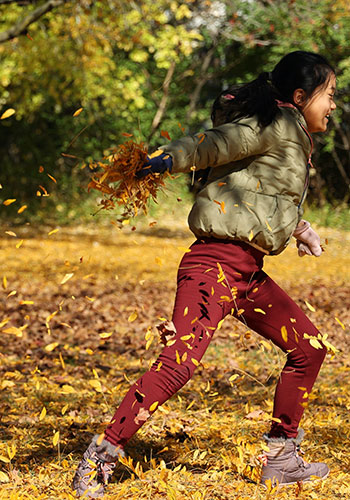
Sight, smell, touch, sound, & taste! Any intention you can invest into your outdoor space to combine these five senses is sure to inspire a sense of wonder for the kids in your life, and perhaps that's the most important sense of all... Happy Gardening!

